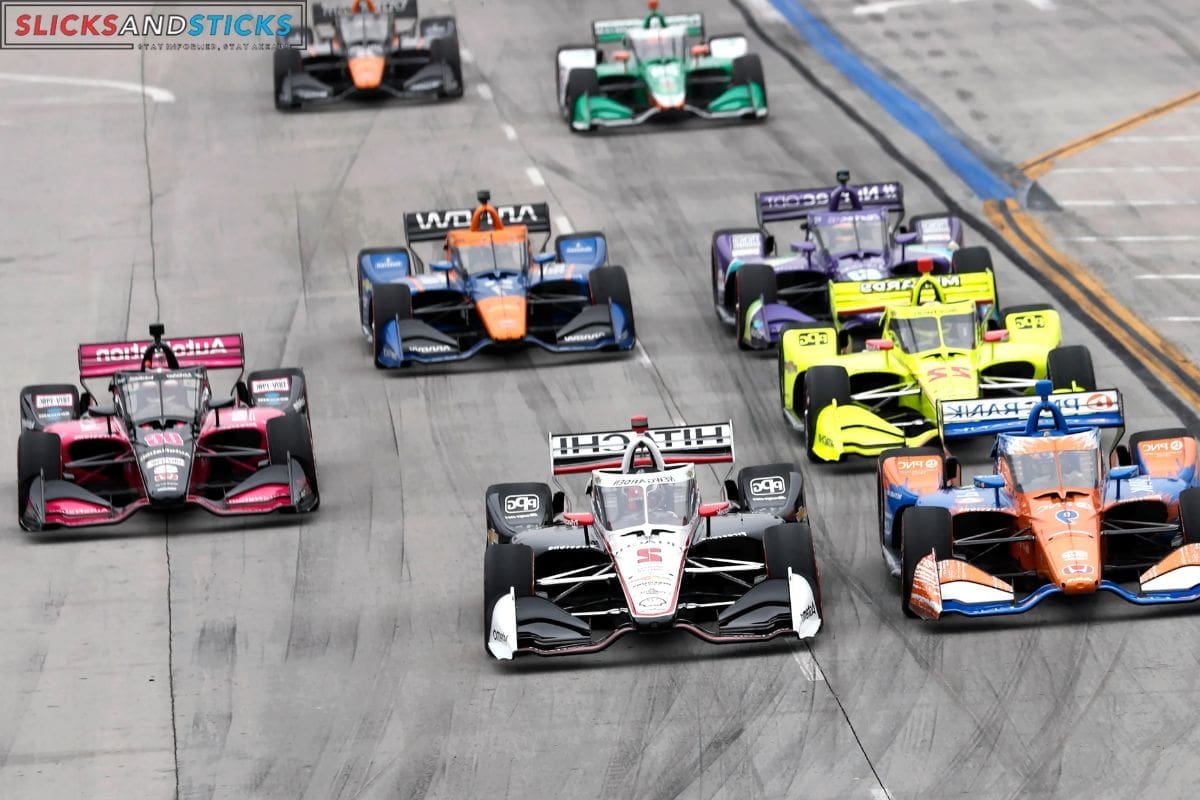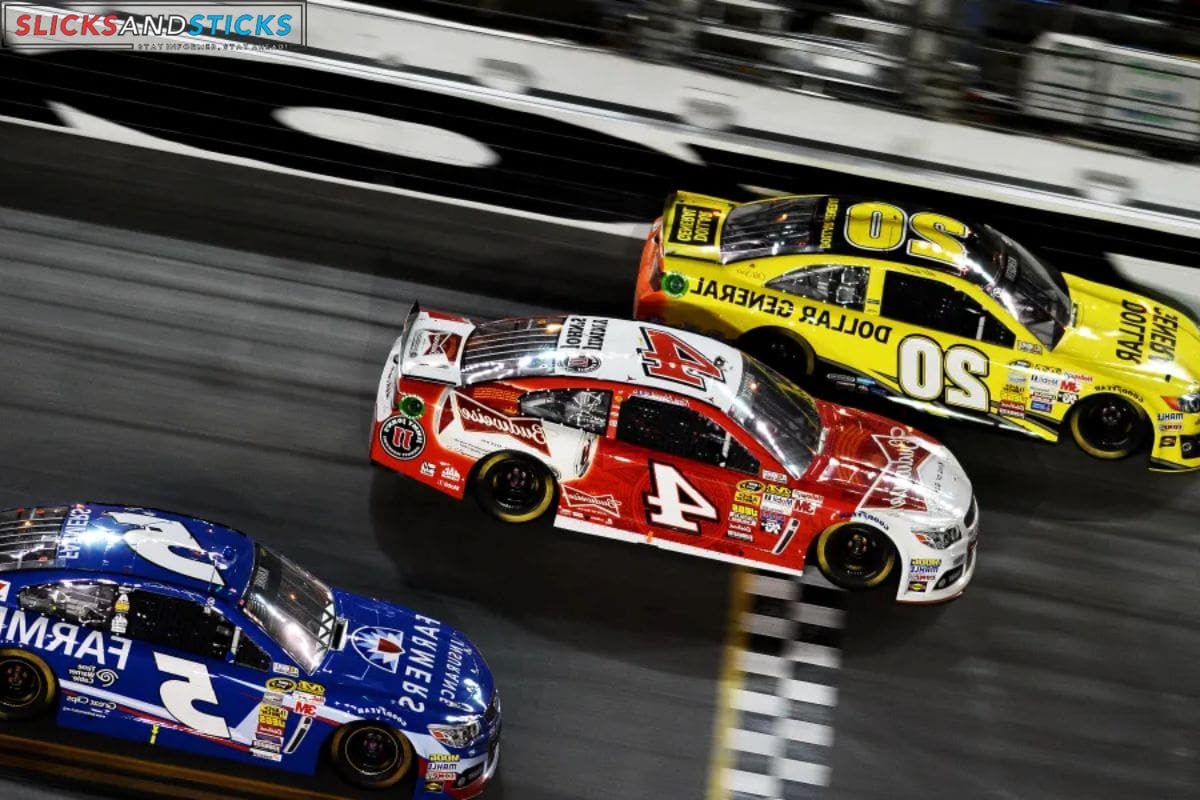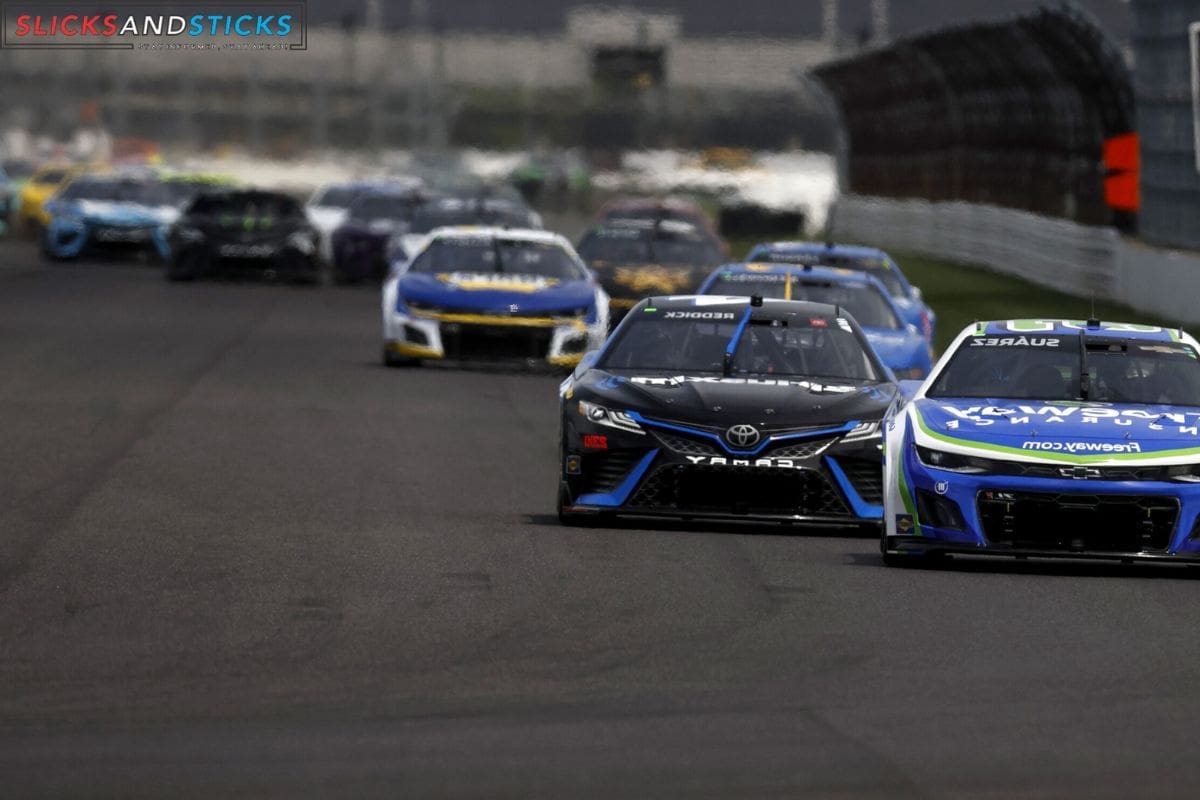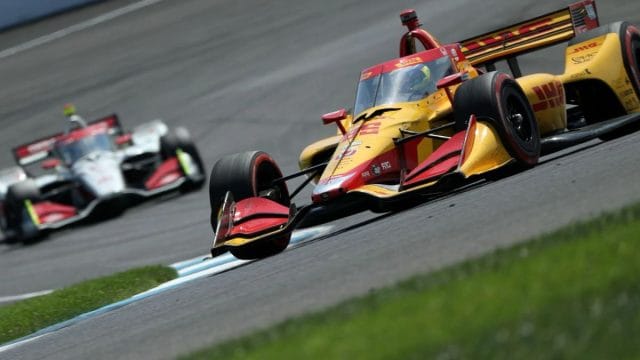IndyCar’s NASCAR-Like Charter System: In an industry where competition is fierce and every second counts, IndyCar’s recent proposal of a NASCAR-like charter system has sent shockwaves through the racing community. This new system, aimed at reshaping the future of racing, has garnered significant attention and sparked discussions among stakeholders from all corners of the sport.
With its objectives and insights behind the charter system, there is much to be explored and debated. What potential impact will this system have on the racing landscape? How will it affect the future of teams and drivers?
As the implementation looms and consensus is awaited, the racing world holds its breath, eagerly anticipating the next chapter in this evolving saga.
Key Takeaways
- The charter system aims to provide team owners with a sense of ownership and stability, similar to NASCAR.
- The system could attract new investors and sponsors, offering a more structured and predictable environment.
- Concerns exist that the charter system might limit the entry of new teams and hinder the growth and competitiveness of the series.
- The potential impact and future implications of the charter system are still under consideration.
IndyCar’s Proposed Charter System
IndyCar’s proposed charter system seeks to revolutionize the series by introducing a structured framework that grants team owners a formal stake in the racing series, ushering in a new era of team engagement and asset value.
This system, inspired by NASCAR, aims to reshape the landscape of IndyCar, providing structure and asset value within the series. By implementing a charter system, IndyCar aims to provide team owners with a sense of ownership and stability, similar to what NASCAR offers its teams.
This move has the potential to significantly change team engagement, as team owners will have a more vested interest in the success and growth of the series. With a formal stake in the racing series, team owners will have a greater say in the decision-making process, allowing for more collaborative and strategic planning for the future of IndyCar.
This new era of team engagement and asset value could potentially attract more investment in the series, leading to increased competitiveness and overall growth.

Objectives and Insights Behind the Charter System
With the introduction of IndyCar’s proposed charter system, the series aims to achieve key objectives and provide valuable insights into the future of team ownership and asset value.
The objectives and insights behind the charter system are as follows:
- Enhancing Stability: The charter system seeks to create a more structured framework that goes beyond the existing Leaders Circle. This will provide teams with tangible assets, ensuring value and property rights that can be traded if teams decide to leave the series.
- Encouraging Investment: By offering teams the opportunity to own a charter, IndyCar is encouraging investment in the sport. This will attract new team owners and sponsors, leading to a stronger and more competitive field.
- Increasing Team Value: The charter system aims to increase the value of IndyCar teams by providing them with a valuable asset that can be bought, sold, or leased. This will enhance the financial stability and long-term viability of the teams.
- Future Insights: The implementation of the charter system will provide valuable insights into the dynamics of team ownership and asset value in motorsport. These insights can be used to shape future strategies and initiatives that benefit both the teams and the series as a whole.
Discussions and Stakeholder Involvement
Discussions and stakeholder involvement have played a crucial role in shaping the new business structure of IndyCar’s proposed charter system. All IndyCar team owners have been engaged in talks to explore various options and proposals for the system.
However, a unanimous agreement or consensus among stakeholders is yet to be reached. The ongoing discussions highlight the importance of broader agreement before moving forward with the implementation of the charter system.
As a result, the process is taking into account the diverse perspectives and interests of all stakeholders involved. This inclusive approach aims to ensure that the charter system reflects the needs and aspirations of the teams and contributes to the long-term success and sustainability of the IndyCar racing series.

Potential Impact and Future Implications
The introduction of IndyCar’s proposed charter system could have far-reaching implications for the series, potentially reshaping team engagement and ownership rights within the sport. While the specific details and extent of these changes are still under consideration, it is important to examine the potential impact and future implications of this new system.
The charter system could provide more stability and financial security for teams, allowing them to better plan and invest in their racing programs. It could attract new investors and sponsors to the series, as the charter system offers a more structured and predictable environment.
The increased value of charters could lead to a rise in the market for team ownership, potentially changing the dynamics of team ownership in IndyCar. However, there are concerns that the charter system might limit the entry of new teams and hinder the growth and competitiveness of the series.
Pending Implementation and Awaited Consensus
Pending the necessary consensus and agreement among stakeholders, the pending implementation of IndyCar’s proposed charter system holds the potential to reshape team dynamics, ownership rights, and entry structures within the series.
This anticipated transformation in operational dynamics is contingent upon broader agreement among all parties involved. The charter system, inspired by NASCAR’s model, aims to provide teams with long-term stability and financial security. It would grant certain teams guaranteed entry into races, ownership rights, and a share in series revenue.
This system would create a more structured and predictable environment for teams, allowing them to plan for the future with greater confidence. However, reaching a consensus on the specifics of the charter system may prove challenging, as stakeholders have varied interests and concerns.
As the discussions continue, the racing community eagerly anticipates the potential impact of this proposed system on the future of IndyCar.

Conclusion of IndyCar’s NASCAR-Like Charter System
IndyCar’s proposed charter system has the potential to reshape the future of racing by providing stability and certainty for teams and stakeholders. The objectives behind this system aim to enhance competition, attract new investors, and ensure the longevity of the sport.
Through extensive discussions and stakeholder involvement, the implementation of this system is eagerly awaited, as it could have far-reaching implications for the racing industry. Its success or failure will ultimately determine the course of IndyCar racing in the years to come.
ALSO READ: High Limit Racing Charter System: A Lucrative Asset for Team Owners
Our Reader’s Queries
How fast are Indy cars at Indy 500?
With IndyCar’s speed being less than half of NASCAR’s stock cars, it’s no surprise that they are quicker. The fastest recorded speed in an IndyCar competition stands at an impressive 236 mph. However, it does lag a bit in acceleration, taking up to three seconds to reach speeds of 90 kph (56.25 mph) on a straight track.
Who makes IndyCar engines?
According to IndyCar President Jay Frye, the 2.2-liter IndyCar engines from Honda and Chevrolet are responsible for some of the most intense racing in the world. These engines have proven to be highly competitive and have contributed to the excitement of the sport.
Is Indy 500 a Nascar?
The “Brickyard” is a famous track that is part of the IndyCar Series, which is the highest level of American open-wheel car racing. This type of racing is commonly referred to as “Indy car racing”. The track earned its nickname due to the fact that it was paved with bricks back in 1909, and one yard of brick is still visible at the start/finish line.
Is Indy 500 an oval?
The oval-shaped track spans 2.5 miles (4.0 km) and has maintained its original dimensions since it was built.
